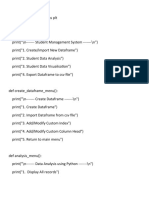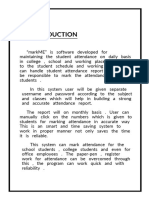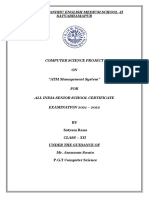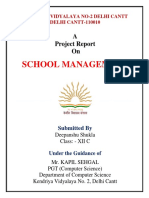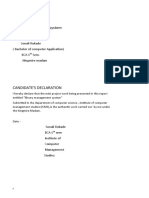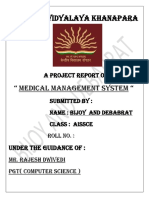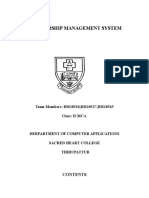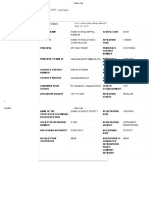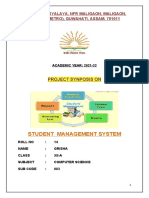100% found this document useful (1 vote)
382 views26 pagesStudent Management System Menu Driven Project
Uploaded by
OmkaritaCopyright
© © All Rights Reserved
We take content rights seriously. If you suspect this is your content, claim it here.
Available Formats
Download as DOCX, PDF, TXT or read online on Scribd
100% found this document useful (1 vote)
382 views26 pagesStudent Management System Menu Driven Project
Uploaded by
OmkaritaCopyright
© © All Rights Reserved
We take content rights seriously. If you suspect this is your content, claim it here.
Available Formats
Download as DOCX, PDF, TXT or read online on Scribd
/ 26
